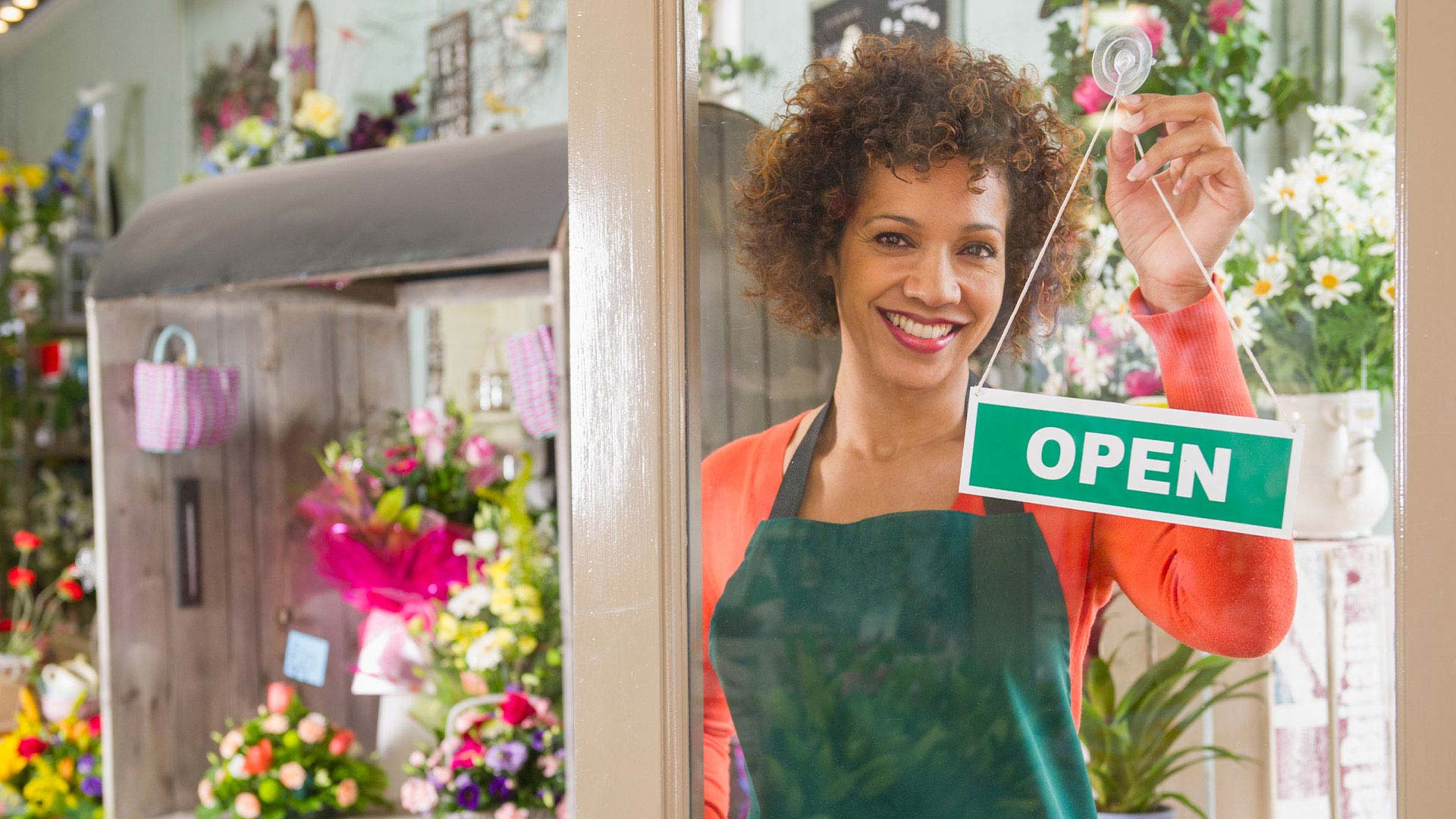South Africa’s electricity grid has been the source of many of the country’s economic challenges for almost 2 decades. As a household consumer, the last thing you want to see is more increases on your electricity bill. However, another tariff increase on electricity supplied by Eskom was approved by the regulatory authority for 2025/2026. We can expect further increases in future, both in Eskom tariffs and the service fees added to electricity bills by municipalities.
Years of regular electricity price increases are taking a significant toll on most households. If you’re thinking of investing in an alternative power supply for your home, what will it cost? And how soon will you see a return on your investment (ROI)?
The reality of rising electricity prices
The easiest way to track the rise of your average household electricity bill is to compare tariff increases with inflation and average wage increases over the same period. But with your average household electricity bill, this is not quite so straightforward. There are various factors that complicate how much you get charged for electricity, including the size of your household, your consumption habits, geographical location, and the specific tariff structure of your local municipality, which can differ from that imposed by Eskom.
So, balancing your budget against these increases becomes very tricky. However, no matter how you interpret the statistics, SA has experienced a significant rise in electricity costs over the past few decades. In 1996, the combined average monthly electricity and water bill for lower-to-middle-income families was only R161. By 2020, this figure had shot up to R2,028. The trend has been accelerating – household electrical costs have risen by 60% since 2017, and recent price increases of 18.7% for the 2023/24 financial year have put further pressure on households.
The National Electricity Regulator of South Africa approved an annual increase off a baseline of 11.32% in bulk electricity prices for municipalities from July 2025. MyBroadband calculated average monthly prices across the country after these increases and found that East London’s Buffalo City metro is the most expensive for the average resident – with a monthly bill of around R2,760 (the figure includes water consumption). Second highest is the City of Tshwane, with an average monthly bill of R2,707, followed closely by Nelson Mandela Bay, at R2,697.
Household electricity costs
There are certain things you can do to lower your electricity consumption and your costs. Check the energy efficiency of your appliances, improve the insulation in your home, and consider installing an energy-efficient geyser (a major consumer of household electricity) with a timer, so it draws power only when necessary. But the amount of power you use will vary according to your area, the number of people in your household, and the number of appliances you need to power.
You could recoup the cost of your investment faster and then continue to make significant savings
However, it’s often difficult to keep track of which appliances (and which habits) use the most electricity, and even if you use the bare minimum of rated units, you still have no control over escalating service fees. It looks like electricity costs will continue to increase in the future, even as we continue to battle load-shedding and breakdowns in grid infrastructure.
Given that outlook, and in the interests of keeping your household costs affordable over the long term, should you be looking to invest in solar power? How much will it cost, and how much will it ultimately save you in electricity costs? Apart from reliability and convenience, can you also expect an ROI?
Financial benefits of solar power
Consider the big picture and the longer term when you’re deciding whether to install a home solar power system. A costly investment like solar roof panels will need to deliver benefits immediately by reducing your monthly electricity bill. Make sure you calculate the total costs of ownership of the system you need, not just short-term requirements.
Factors to consider:
- Size
Will you need to expand the system over time to generate and store more power? You might be constrained by what you can afford now – but assess your electricity needs with scaling up in mind.
- Cost
This relates to the system’s size – costs will depend on the inverter you choose, and the number of roof panels and batteries you need. Avo Solar, Nedbank’s one-stop solar solutions shop, offers various full-service packages to suit different budgets.
- Installation and maintenance
Installation is a once-off cost, but you’ll also need a service agreement to maintain the system’s components throughout its lifetime. Factor both costs into your ROI calculations.
- Costs of credit
You must, of course, factor the fees and interest you’ll pay on any loan that you use to finance a solar installation into your ROI expectations.
- Cost of electricity
As noted, electricity costs have escalated considerably over the past few decades. If you base your ROI calculations on current electricity cost per unit, your solar system will offset those costs even as they escalate. Put simply, you could recoup the cost of your investment faster and then continue to make significant savings.
The potential ROI on solar power is very attractive. If, for example, you choose a midrange solar installation package from Avo – for example, the Omnivolt Gold package at a cost of R128,000, which includes panels with a 4.4 kW peak generation capacity, a 5.5 kW inverter, a pair of 5 kWh batteries, installation, and a 10-year warranty – you will break even on your investment in about 5 years and 6 months. After 10 years you’ll have recouped the full cost and banked R180,000 in savings from your investment.
Nedbank, through Avo Solar, offers a range of solar packages and installation options to suit your budget, as well as financing.




